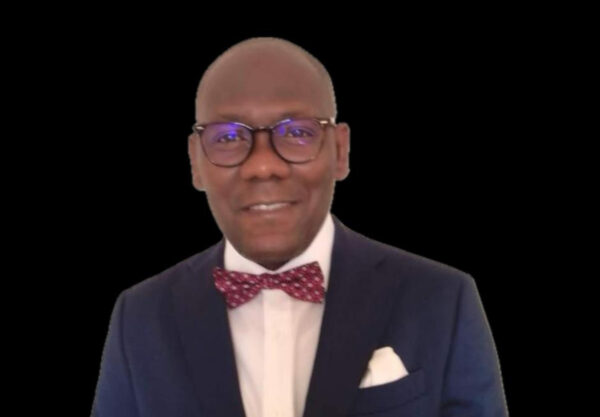By Auguste DAGO, President of StratéNova.
Diagnosis of a persistent situation
In West Africa, industrial and infrastructure projects abound, but their realization faces a recurring obstacle: access to financing. According to several studies by the African Development Bank, over 70% of industrial projects initiated in the sub-region never reach the financing phase.
The continent faces an annual infrastructure investment deficit of around $100 billion, a figure that illustrates the extent of the missed opportunities.
This lack of financing has serious consequences:
– Chronic delays in industrialization,
– Increased dependence on imports,
– Missed massive job opportunities for a youth population in full demographic expansion.
For comparison, in the WAEMU, the average bank credit granted to businesses represents barely 25% of GDP, compared to over 90% in the European Union. This structural gap highlights a paradox: while the needs are immense and growth opportunities are tangible, the financing supply remains limited and inadequate.
An issue older than it seems
The dominant perception of international donors and investors can be summarized as: “Africa is too risky”. However, this statement is based less on the profitability of projects, often high, than on a deeper problem: the lack of appropriate structuring.
Since the 1990s, a multitude of poorly prepared or poorly documented projects has contributed to fueling this negative perception. The result is a persistent mistrust that, if nothing is done, risks continuing for decades, hindering the continent’s economic transformation.
Structuring to convince
International investors do not dismiss Africa on principle: they apply universal selection standards. What is lacking in most local projects is not the idea, nor even the economic feasibility, but the absence of structuring elements capable of reassuring financiers.
Some telling examples:
– A Debt Service Coverage Ratio (DSCR) above 1.3, a sign that a project can honor its debt even in case of revenue decline,
– A balanced debt/equity ratio,
– A clear horizon for returning to financial balance.
Without these elements, a project is considered “too risky” even before its potential is truly analyzed.
Towards a Pan-African engineering of bankability
The real challenge is to build a Pan-African financial structuring engineering. This engineering must combine two dimensions:
– A fine understanding of local realities,
– The integration of international standards required by financial markets.
Three strategic levers appear essential:
1. The creation of Special Purpose Vehicles (SPV), which allows the project to be isolated and its risks separated from those of the promoter.
2. Off-take contracts, which secure future revenues through firm purchase commitments.
3. Proactive structuring, which involves building from the outset the ratios, contractual mechanisms and partnerships necessary for the project’s credibility.
How to move from asset guarantees to intelligent structuring?
Changing the perception of African risk will not come through an increase in traditional guarantees: mortgages, pledges, personal guarantees, often ineffective and counterproductive.
The key lies in a shift towards intelligent structuring of projects, articulated around two main dimensions:
1. Speaking the language of international investors
Financial backers and institutional investors do not evaluate a project solely on strategic vision, but on standardized financial indicators.
Project developers must therefore integrate reference ratios from the outset:
– A DSCR (Debt Service Coverage Ratio) above 1.3,
– An IRR (Internal Rate of Return) aligned with sectoral standards,
– A stable and documented EBITDA (operating margin).
Example: an energy project in Ivory Coast demonstrating that its cash flows comfortably cover debt service over 15 years is immediately readable and credible to any investor.
2. Highlighting clear and secure structures
Investors fear contractual opacity and complex structures. To overcome these barriers, simple, legally sound and best practice-aligned structures must be presented.
This involves:
– Creating an SPV, which isolates project risks from those of the promoting company,
– Strategic partnerships with recognized counterparts (off-takers, suppliers, local institutions),
– Contractual documentation compliant with international standards (governance, exit clauses, arbitration).
Example: an agro-industrial project structured through an SPV in Senegal, with a multinational agri-food company as an off-taker partner, inspires more confidence than a project led by a family SME without a dedicated structure.
Perspectives
In short, the battle for financing in Africa is not about the intrinsic profitability of projects, often competitive, but about their ability to meet the structuring standards of international investors.
Shifting from a logic of asset guarantees to a logic of structured bankability is the key to transforming the perception of African risk. Only under these conditions can African projects attract competitive capital, obtain long maturities, and position Africa in the global narrative not as a risky space, but as an investable land of opportunities.


